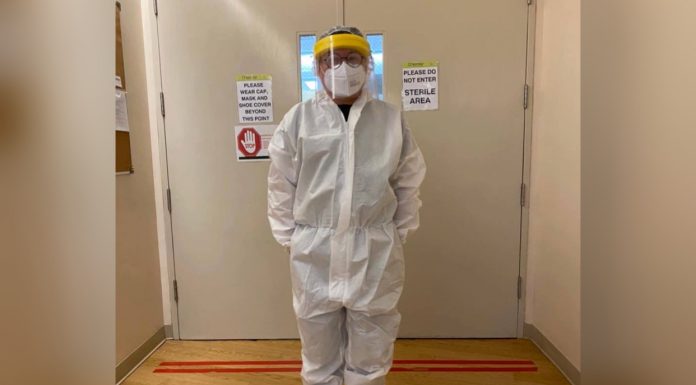STEM cells, discovered by Canadian scientists Ernest McCulloch and James Till in the 1960s, are undifferentiated primordial cells from which all human cells originate. They have the ability to renew themselves and differentiate into a diverse range of specialized cells.
Stem cells have defining properties like self-renewal, which enables them to undergo rapid and numerous cycles of cell division; and unlimited potency that allows them to be converted into any mature cell type. These characteristics make it possible for stem cells to cure certain diseases like leukemia, sickle-cell anemia, and spinal cord injuries.
According to UST histology professor Rowen Yolo, stem cells can be extracted primarily from the human embryo found in a woman’s womb at the beginning of a pregnancy.
“The embryo is the richest source of stem cells because it is in the stage when a human develops and begins to form,” he said.
Embryonic stem cells are cells derived from a four-to-five-day-old hollow, microscopic ball of cells called blastocysts. A blastocyst, which looks like a cluster of grapes, is a structure formed in early human cell division and differentiation that follows fertilization. This later on develops into a zygote and finally, an embryo.
“As embryonic stem cells begin to differentiate, they easily develop into muscle cells, bone cells, cartilage, blood cells, and others,” Yolo said.
But the embryo is already considered a living being, making embryo extraction unethical.
“Others say that the extraction of stem cells from an embryo is unethical since an embryo must be sacrificed before a stem cell may be extracted,” said Yolo.
Recently, American scientists have found an alternative to stem cell extraction through the production of cell mass. “Cell mass production, also known as therapeutic cloning, is done by introducing body-forming cells to an oocyte or the female germ cell,” Yolo said.
A fresh oocyte cytoplasm is taken from a healthy woman, and is then reprogrammed by transferring a somatic cell nucleus to the oocyte and silencing all the somatic cell genes by activating the embryonic ones. The cell mass is then cloned and implanted into the sick person and activated by the disease-carrying cells of that person.
“Since the cell mass is composed of a formless organized cluster of undifferentiated stem cells, its ethicality is no longer questionable since the cell mass is not considered to be a living thing,” said Yolo.
As an alternative to embryonic stem cell extraction, Yolo also said that amniotic fluid, a watery liquid surrounding and supporting the growing fetus, may also be a source for stem cell extraction.
“Amniotic stem cell extraction proves to be a breakthrough in the field of science since it is neither harmful to the mother and the fetus. So far, scientists have been able to create different cell types for the brain, bone, and liver from amniotic fluid extraction.”















